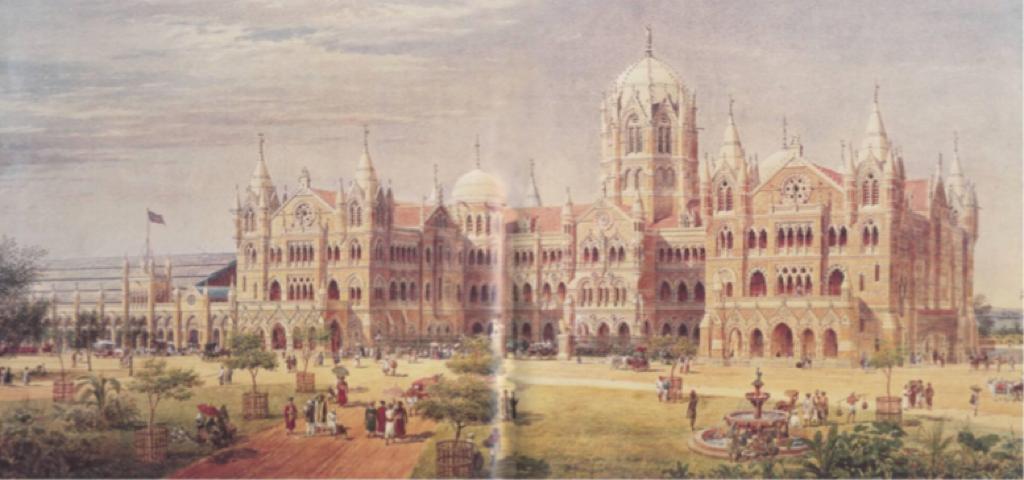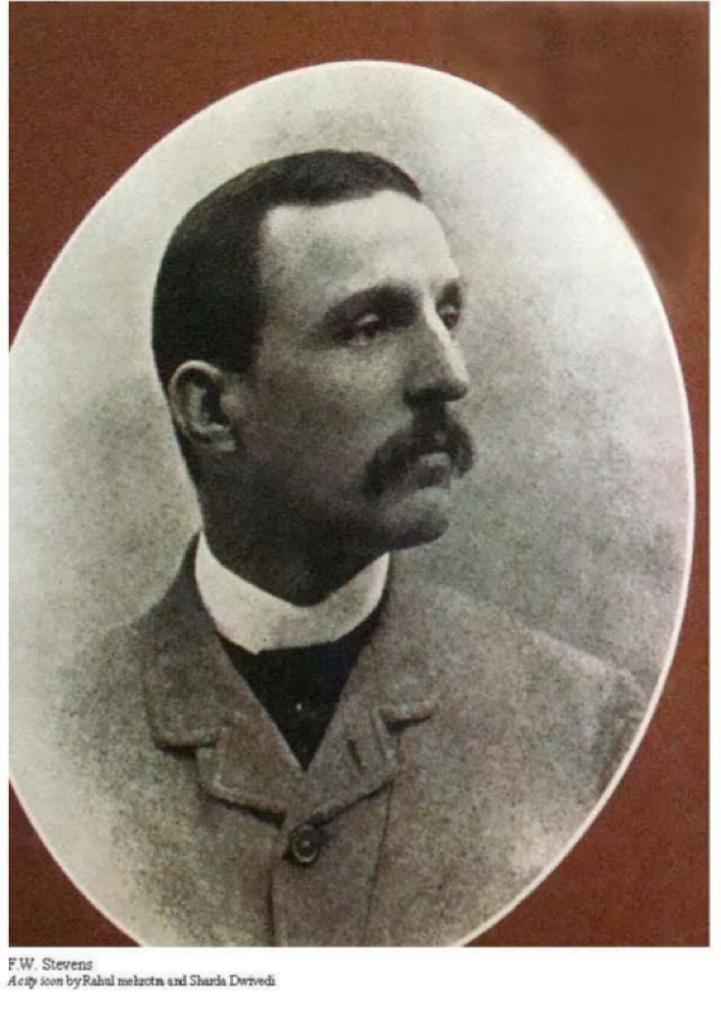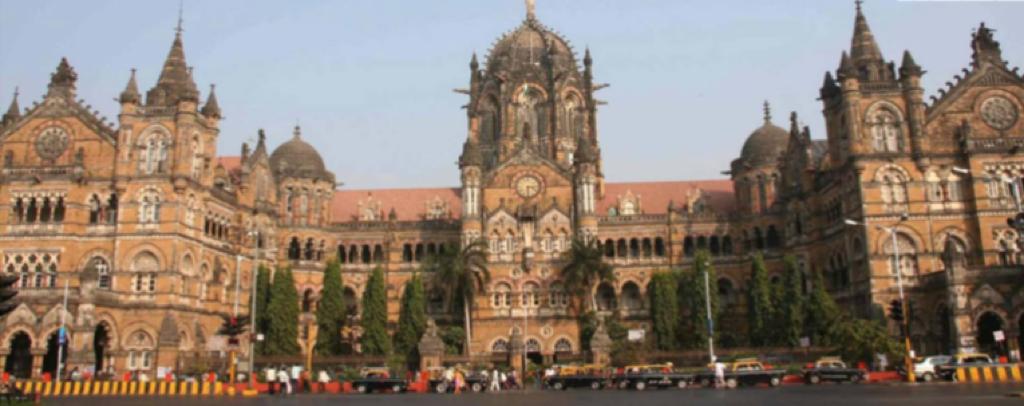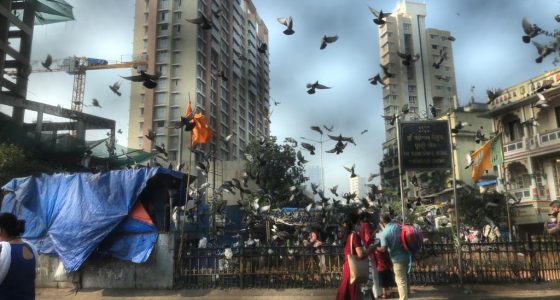Conservation and restoration work of the heritage CSMT railway station shall be complete by this month about 90% work of the conservation and restoration work on external facade is already complete.
By Ateeq Shaikh
By the end of this month, conservation and restoration work of Chhatrapati Shivaji Maharaj Terminus (CSMT) or erstwhile Victoria Terminus, a World Heritage Site, will be complete.
“About 90% of the conservation and restoration work on the external façade of the building is complete. Overall over 60% of the restoration work has been done,” said Shivaji Sutar, CPRO, Central Railway.
Approximately Rs 51 crore is being spent on the project, with the original deadline being August 2021.
Experienced and skilled labour and craftsmen from Rajasthan and Gujarat have been carrying out the specialised work.
According to Central Railway officials, conservation and restoration work requires different skill sets as one has to adhere to the heritage norms and not only to ensure no damage is done but also restore the designs if there are any broken portions.
Also, the material required for the job was procured from these two states. According to UNESCO, this building whose construction commenced in 1878, “is an outstanding example of Victorian Gothic Revival architecture in India, blended with themes deriving from Indian traditional architecture.” It took a decade for the building to be ready.

Over the years and decades, the walls, statues, ornamental arches, etc. were damaged due to weather or ageing factors. Water jet machines are being utilised to clear dirt and vegetation from the façade that have sprouted over the years. Even the weeds from the building’s exteriors had to be carefully removed with the help of weedicide.
One of the mostly damaging areas within the building were the wooden doors and windows, some of which were damaged beyond repair and had to be replaced.
Those replaced and repaired had to be restored keeping in mind the original design and usage of teak wood as well as stain glass. These are some of the extensive works that is being undertaken, the other important tasks includes replacing missing stones, plugging the leakages, rerouting cables, neon lighting, cabins made recently from PVC materials, removal of hoardings, removal of layers of painting done over the stone through years, among others.
The building that continues to be a landmark was designed by British architect F. W. Stevens, which later became the symbol of the then Bombay.

UNESCO describes the building as an outstanding example of the meeting of two cultures, as British architects worked with Indian craftsmen to include Indian architectural tradition and idioms thus forging a new style unique to Bombay.
The Indian Railways Station Development Corporation has been entrusted by the Indian Railways with the task of station redevelopment plan. CSMT is one of the stations that will be redeveloped, later this decade, “without disturbing its heritage value”.
Also Read: CSMT Redevelopment To Have Residential & Commercial Real Estate









